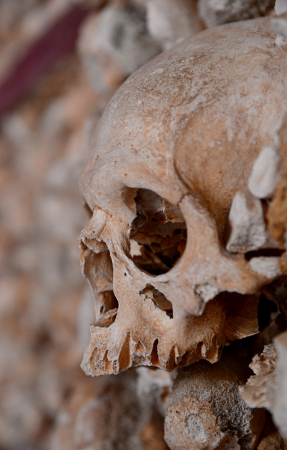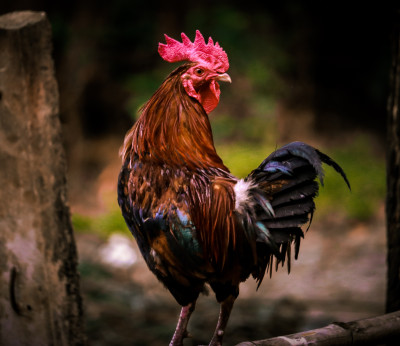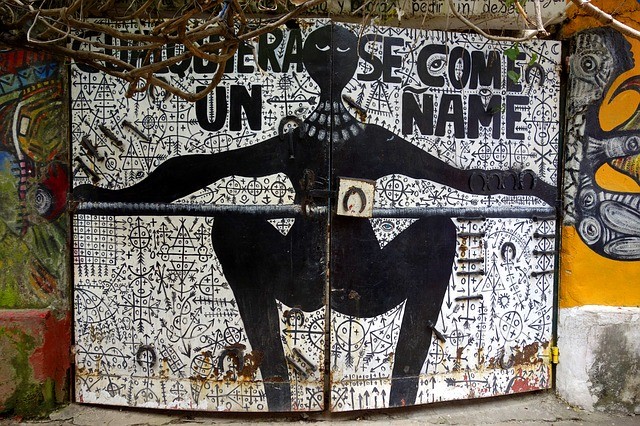Santería is another religion that is shrouded in secrecy and often regarded with fear—some deem the practice to be Satanic, but it’s really just Santería. Truth be told, there are a lot of aspects of this religion that may rub people the wrong way—animal sacrifice is not as high on the list as things such as the use of human bones or even dead fetuses during a ritual, but the latter two are considered a rarity among fringe practitioners. Suffice it to say, these practitioners would be less than forthcoming about their uses for ingredients that might label them as evil. Nevertheless, seeing as it’s associated with even a few of the practitioners it’s definitely worth mentioning here.
Another African-rooted religion, Santería is typically combined with Catholicism, as are many religions that made the journey from Africa to America during the days of slavery. Like voodoo and hoodoo, enslaved Africans were forced to convert to a western religion—in this case, Catholicism. Santeras saw the similarities of the Catholic saints to the Orishas which were the deities that they had worshipped before being taken from their own lands. Aside from the Catholic influences that are found within the religion, Santeras believe in only one god, Olodumare, but the Orishas are the deities that represent different aspects of nature, there are said to be over 400 orishas within the religion.
Much like voodoo, ancestor veneration is a huge facet of the religion, this is done to honor those who have passed on and recognize them as guides that can help influence their lives for the good or for the bad. During traditional rituals, there is an abundance of drumming, dancing, and interacting with spirits. Unlike traditional western religions, these rituals are not confined within the walls of a church or temple, they can occur nearly anywhere.
What’s with the Animal Sacrifice?
Animal Sacrifice is actually a common theme within Santería, but it’s not just about killing for the sake of killing. Santeras use animal sacrifice as an offering to the Orishas during major ceremonies. The blood is considered an important offering to the Orishas, where the actual animal is eaten after the ritual—so while some may consider it awful, it actually serves a purpose to them in their religious activities. It’s definitely a sore subject for those who may not understand the practice and indeed caused quite a stir when a man in Texas decided to fight for his freedom to practice his religion without undue burden from the law.
Is Santería Dangerous?
It really depends on who you ask, as can be expected, Santeras would likely not agree which is fair. They’re a federally recognized religion as of 1993 after a case to ban animal sacrifice was overturned as it was said to specifically target Santeras and their religious practices. There are however some aspects of the religion that some may construe as dangerous—as well as other practices that are indeed dangerous to the health of those who partake. One of these dangerous aspects of Santería is that at one time it was considered a fairly common practice to use liquid Mercury in ritual, which as can be expected led to Mercury poisoning and has since become a less frequent ritual substance.

Georgia-based author and artist, Mary has been a horror aficionado since the mid-2000s. Originally a hobby artist and writer, she found her niche in the horror industry in late 2019 and hasn’t looked back since. Mary’s evolution into a horror expert allowed her to express herself truly for the first time in her life. Now, she prides herself on indulging in the stuff of nightmares.
Mary also moonlights as a content creator across multiple social media platforms—breaking down horror tropes on YouTube, as well as playing horror games and broadcasting live digital art sessions on Twitch.





